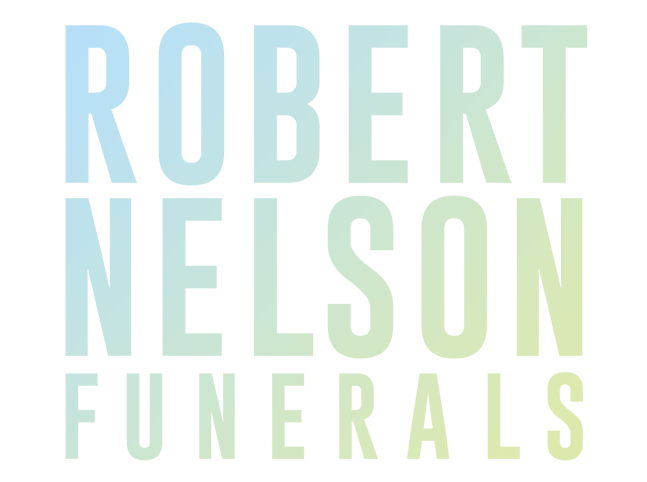Of course, there are many specialty or even novelty type vehicles, these include Motorcycles with sidecars to carry the coffin, I have recently seen a Land Rover Defender, firetrucks, aged and historic cars, farm utes and trucks.
So what is the way forward and what might the vehicles of the future look like. We know that many vehicle manufacturers are moving away from the manufacture of station wagons, and there is a greater emphasis on smaller and greener vehicles.







